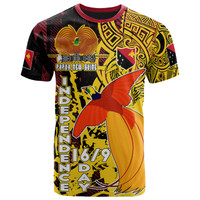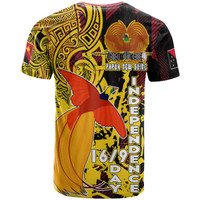15 Traditional Fiji Foods to Try for an Authentic Experience
Posted by Maris on 13th Sep 2023
Following are photographs and information about 15 various traditional and modern Fijian dishes that demonstrate to first-time visitors what an incredible, tasty, and unique experience eating food in Fiji gives. A tremendous range, all scrumptious, all beautifully tantalizing your taste sensations, all vibrant visual depictions of Fiji and the Fijian people.
Cawaki
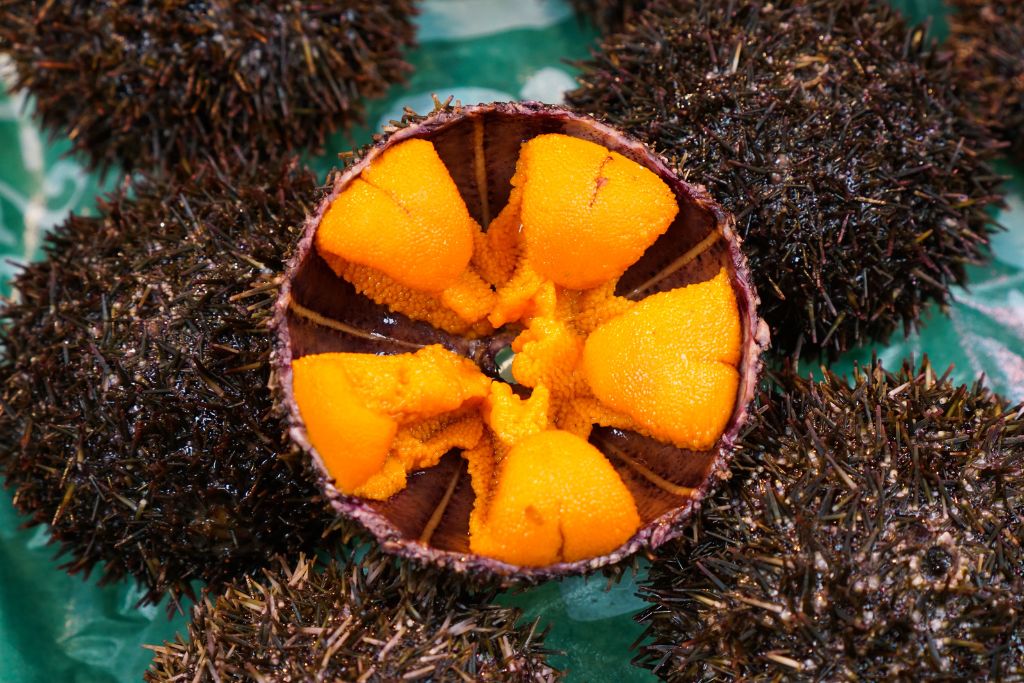
Sea urchin, also known as Cawaki in Fiji, is the only edible urchin species. It has become such a popular delicacy in coastal villages. Cawaki is found in the shallow coral reef habitat of Fiji. The women of Fiji do most of the Cawaki collection, after which they sell the Cawaki at markets. Collecting and selling sea urchins around Suva is now a source of income for women.
Kokoda Mountain
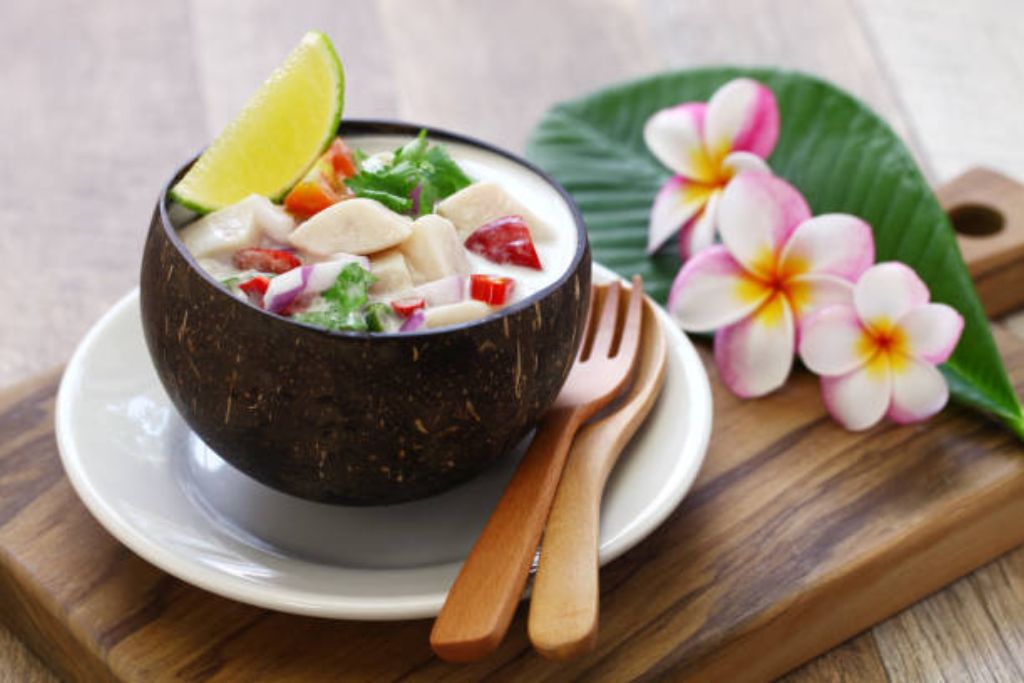
Kokoda is raw fish marinated in lime and lemon juices, similar to ceviche, where the citric juices “cook” the fish. Fijians also add coconut milk, chilies, onions, tomatoes, spring onions, capsicum, and seawater to their dishes. This joyful Fijian national cuisine is served in a huge clamshell, coconut shell, or bamboo.
Duruka
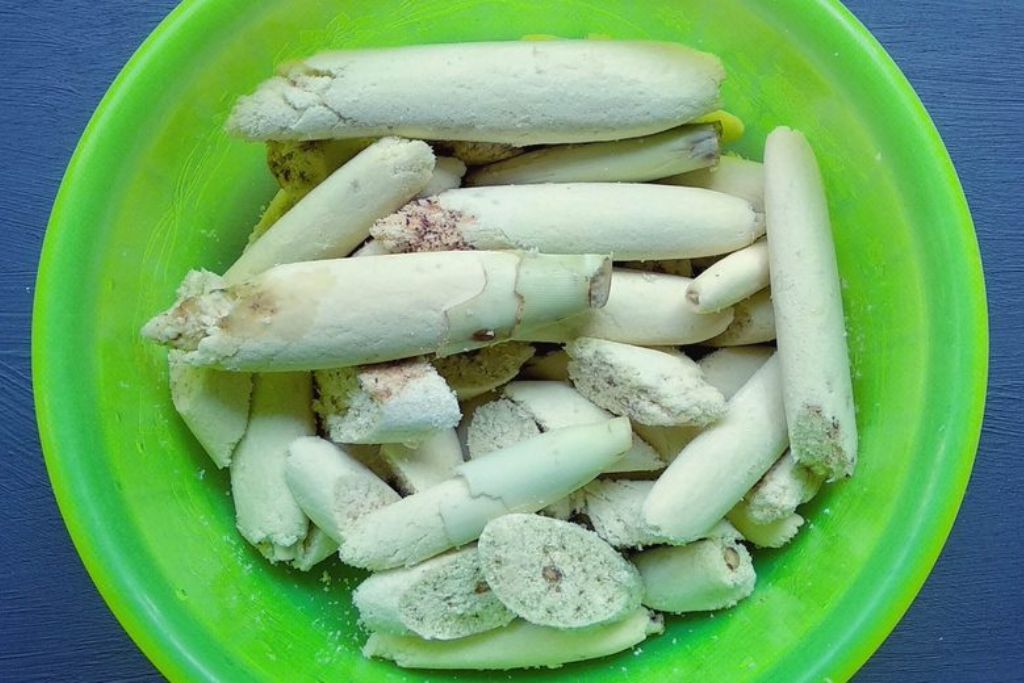
Duruka, sometimes known as “Fijian asparagus,” is the unopened blossom of a cane shoot. It is distributed throughout Southeast Asia and other Pacific islands, similar to sugar cane. Duruka comes in both red and green types in Fiji. It has distinct textures; red Duruka is tougher than green Duruka, which is softer. Duruka is one of the many ingredients used in Fijian food, including coconut milk and curries.
Taro
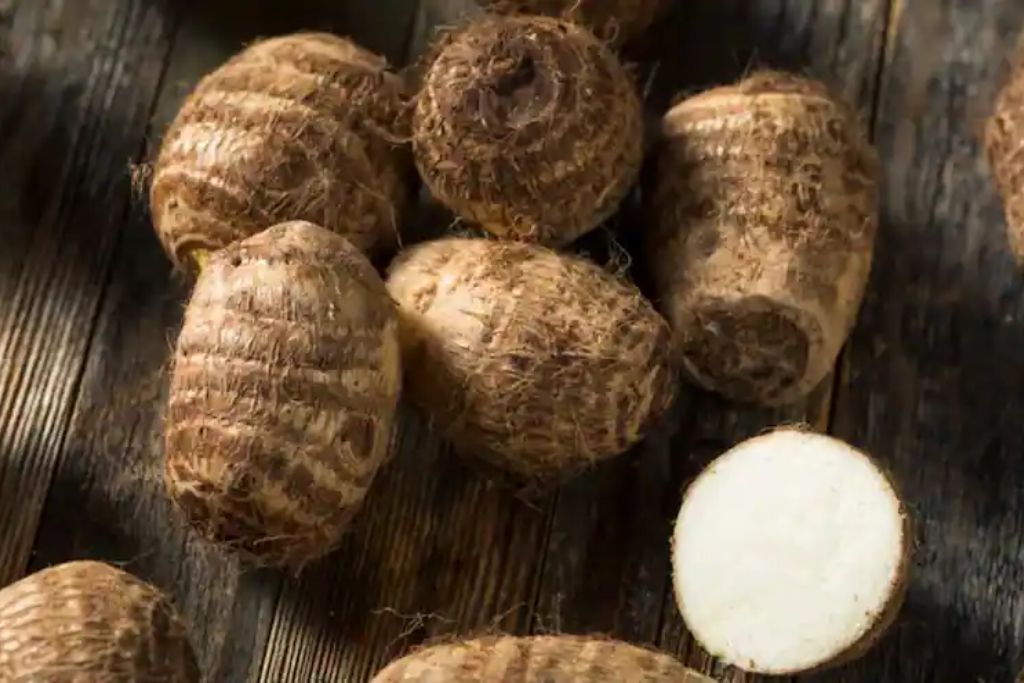
Like potatoes and yams, taro can be chopped into chips or fries, boiled, or mashed. It contains more carbohydrates than potatoes and is the most energy-dense vegetable. Taro has been a cornerstone of Fijian cuisine for millennia, so much so that Taro Day is observed on the first full moon of May.
Polynesian Print offers a special Fiji T-shirts Collection. Discover and shop now with 15% off code: POLYBLOG15 (use code at check out)
Nama
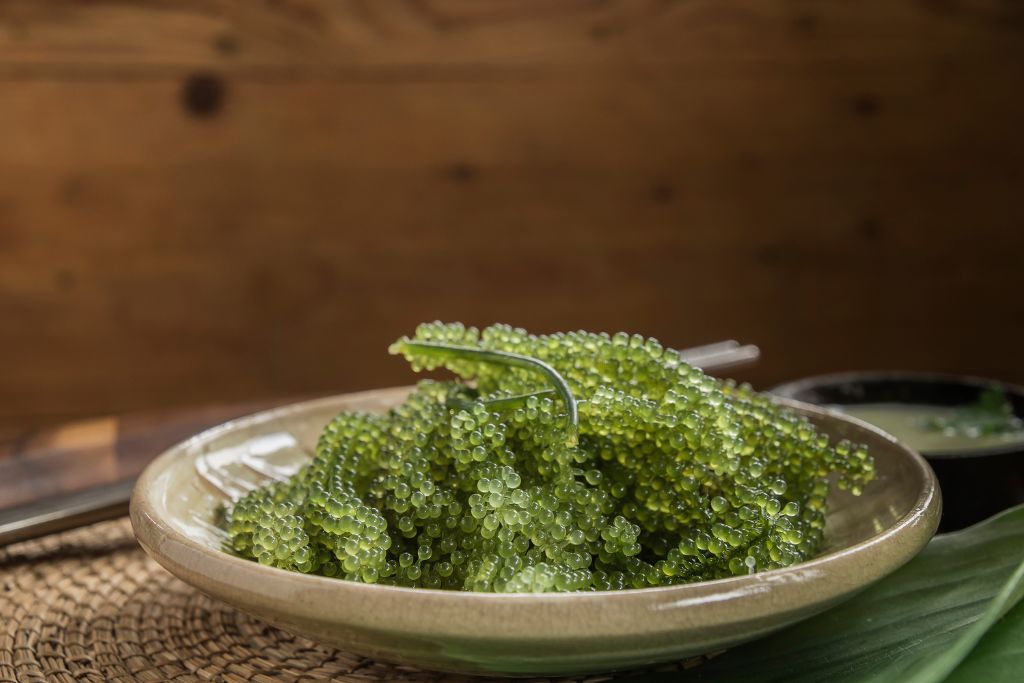
Nama is known as “sea grapes,” although it is actually a type of seaweed that grows in shallow waters and is found all throughout Fiji. In Fiji, it is used as a garnish and can be added to a salad or coconut milk. Nama is high in vitamin C and A. Fijians combine Nama with coconut to form kora, a thick paste with chilli, lemon juice, and salt. Nama, also known as sea grapes or green grapes, is a type of caviar (fish eggs) that is eaten with chilies and lemon.
Okra
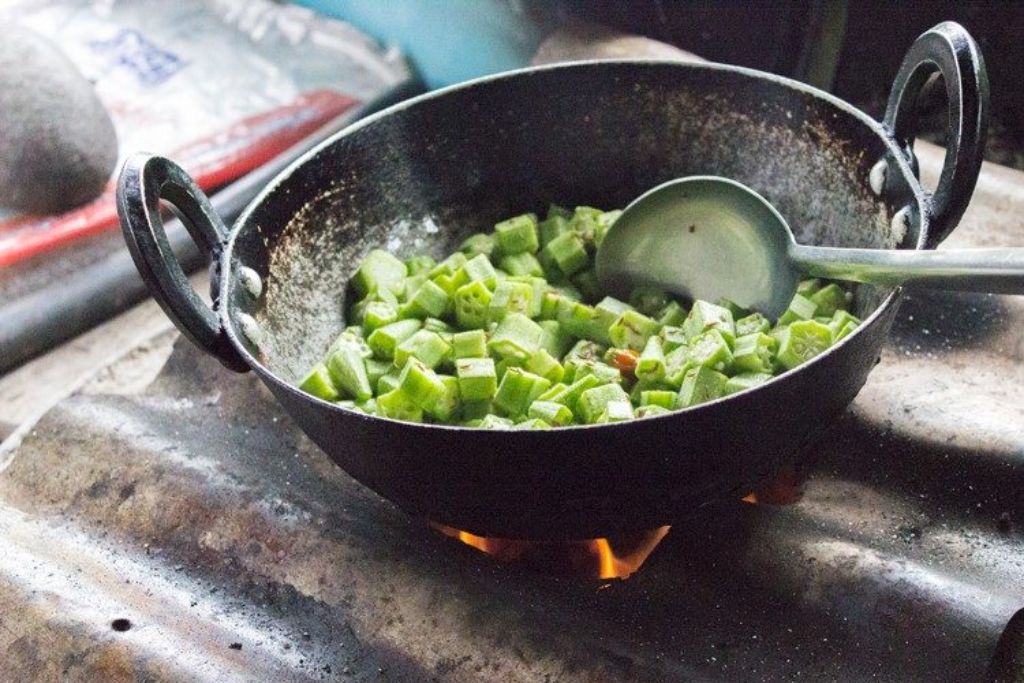
Okra is a fruit that is eaten as a vegetable and is cooked whole or sliced. Despite its slimy reputation, Okra can be fried, grilled, sautéed, or roasted. It has a grassy flavor akin to eggplant or green beans and is used in stews and soups.
Dalo
Dalo is a root vegetable, also known as Taro, that is a staple cuisine in Fiji and, like yams, is said to be one of the first cultivated plants.
Tavioka or Ivy Yaca
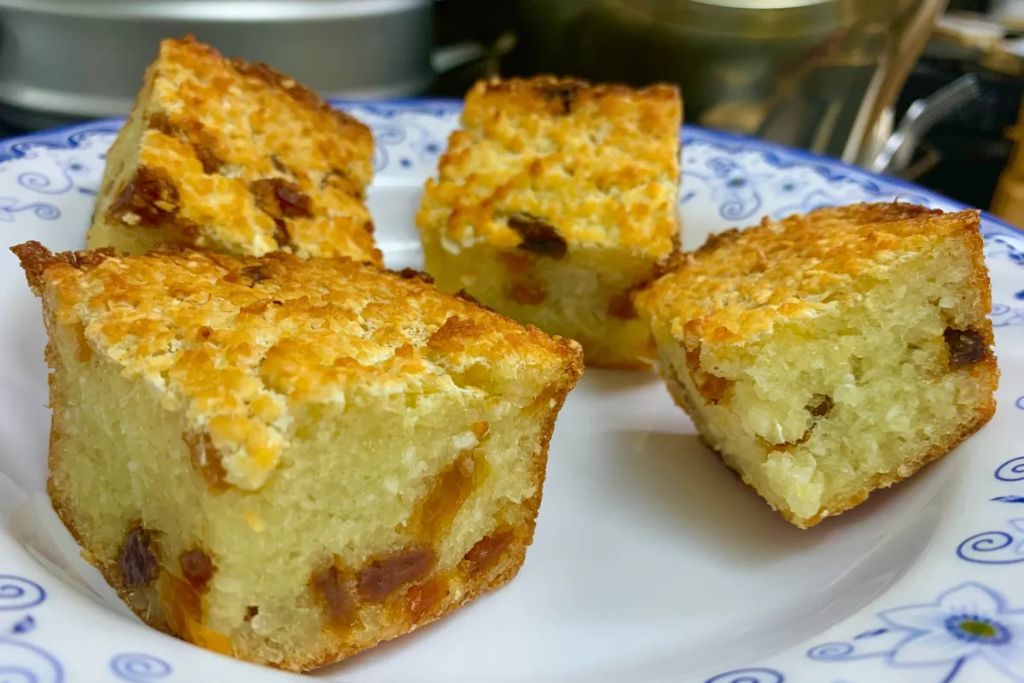
This Fijian delicacy is composed of cassava, which can be boiled, roasted, or grated before being cooked in coconut cream with sugar and bananas.
Suruwa Fish
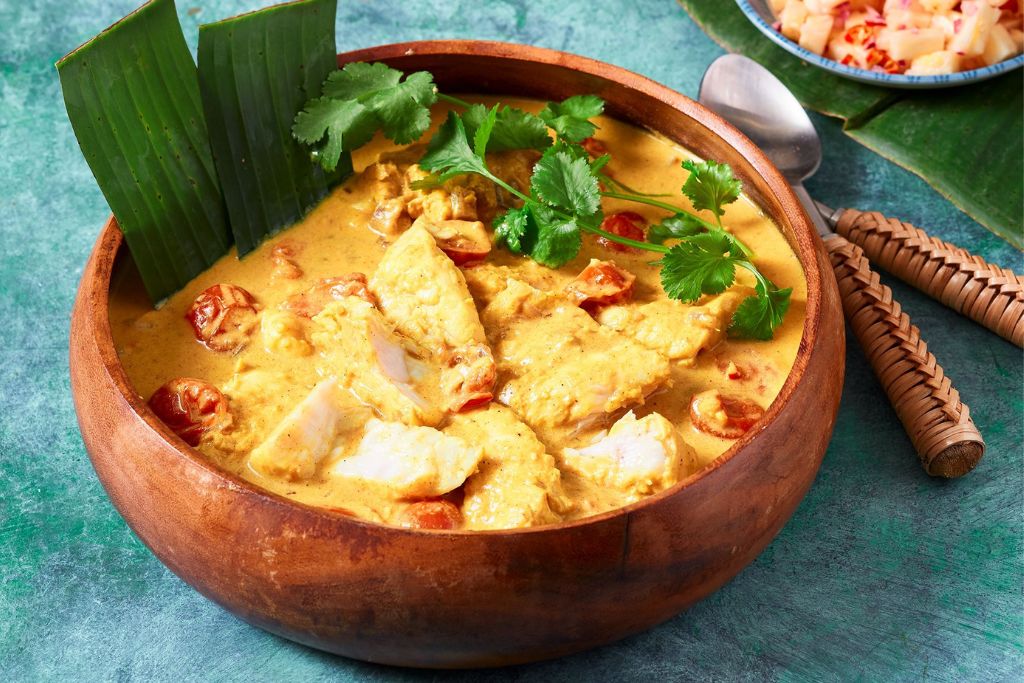
Fish Suruwa is an example of Indo-Fijian culinary influence in Fiji. It is commonly served as the main entrée at weddings and is eaten with rice. This recipe is quite spicy, including ingredients such as coconut milk, garam masala, cumin, and cinnamon.
Palusami
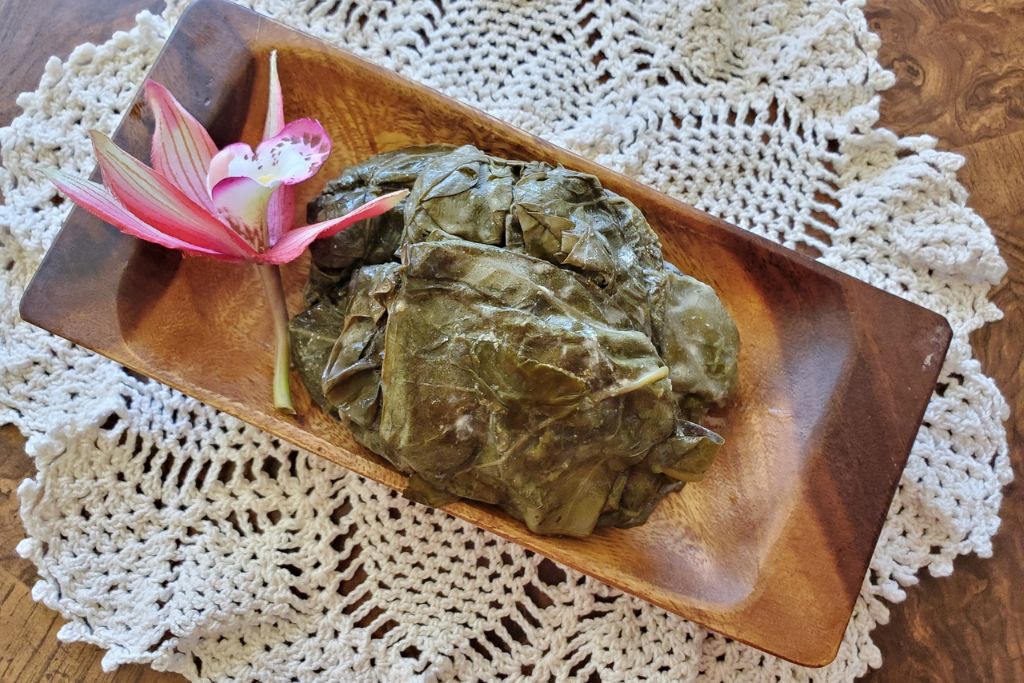
Palusami is a traditional Fijian dish that consists of boiling Taro leaves blended into a curry with a stewed spinach flavor. This meal, which is topped with coconut cream, contains very few spices or chilies. Because fresh meat isn’t always accessible, these leaves are packed with meat, sometimes corned beef, onions, and a coconut concoction.
Mahi mahi grilled
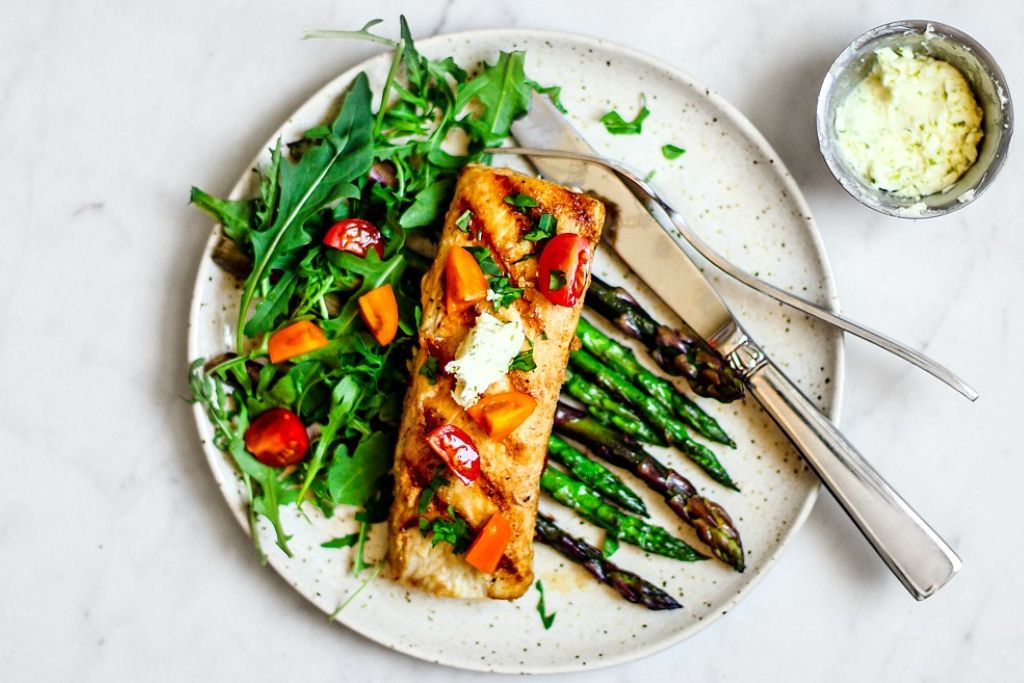
Mahi Mahi is a fish from the deep waters near Fiji that is commonly used in the preparation of Kokoda. It’s a popular dish that’s frequently grilled or fried in a skillet and served with vegetables.
Kava
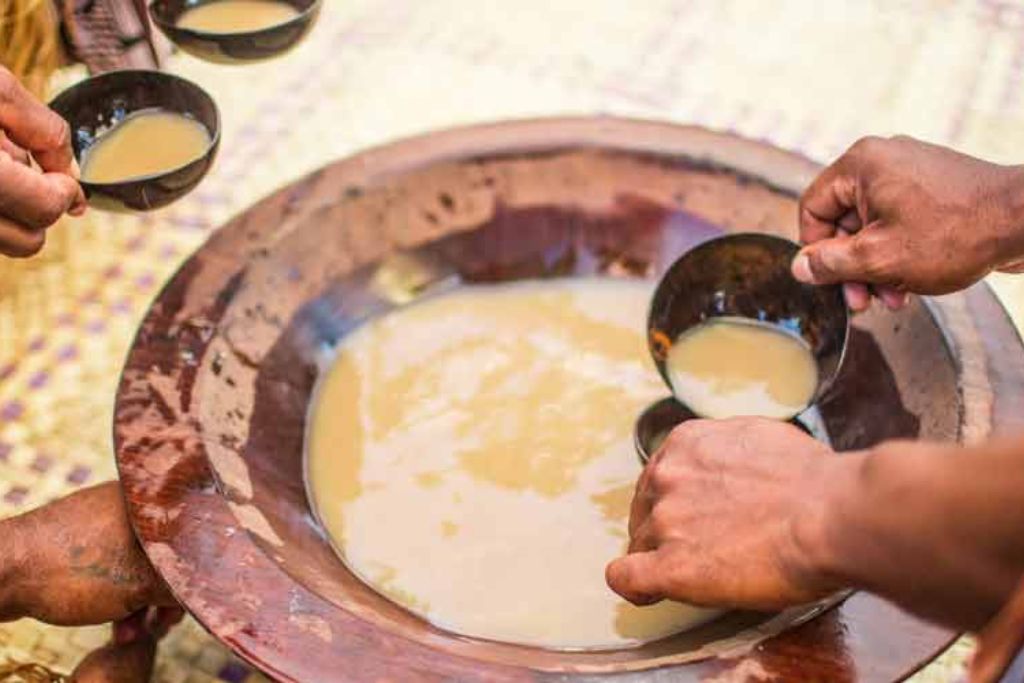
Kava is a narcotic prepared from the ground-up roots of a South Pacific plant, the Piper methysticum, a member of the pepper family, and is consumed as a drink. Pacific Islanders have used kava for hundreds of years and is traditionally made of crushed, ground, or powdered root steeped in water and sipped as a tea. Kava is employed in traditional ceremonies and cultural events in the Pacific region. In Australia, kava is only used for therapeutic purposes.
Cassava cake
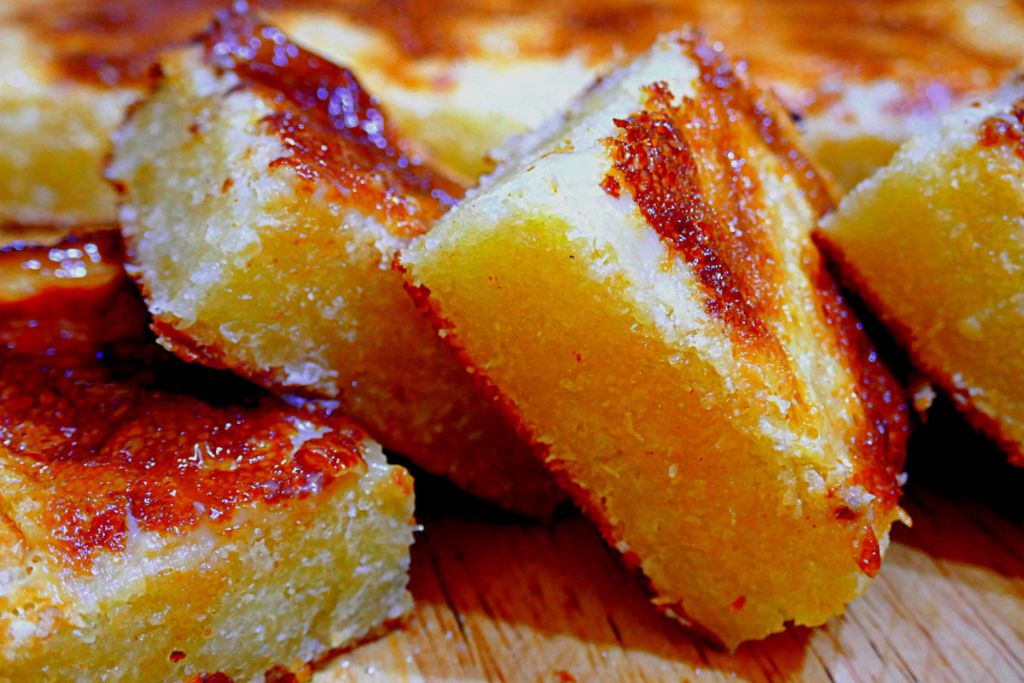
Cassava is a root vegetable comparable to Tapioca or Sago and used in sweet desserts in other parts of the world. Cassava cake is a sticky cake-like sticky rice consistency that is served as a dessert dish with butter, preserved fruit, or fresh fruit.
Rourou
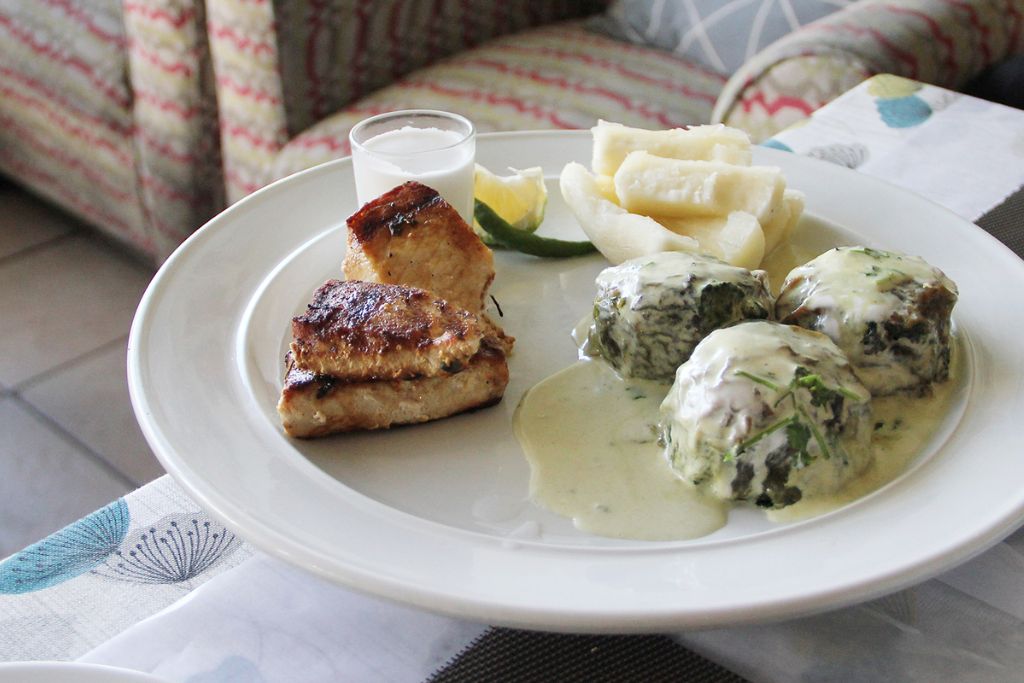
Rourou is produced from Dalo or Taro leaves and has a spinach-like flavor. Rourou is comparable to creamed spinach when cooked and served in various ways. Rourou leaves are cooked in traditional Fijian food in a Lovo, or underground earth oven. Rourou Peti is a popular technique to serve Rourou, in which the Rourou leaves are packed with a chilli, onion, coconut milk, and tuna mixture.
Lovo Underground Cooking
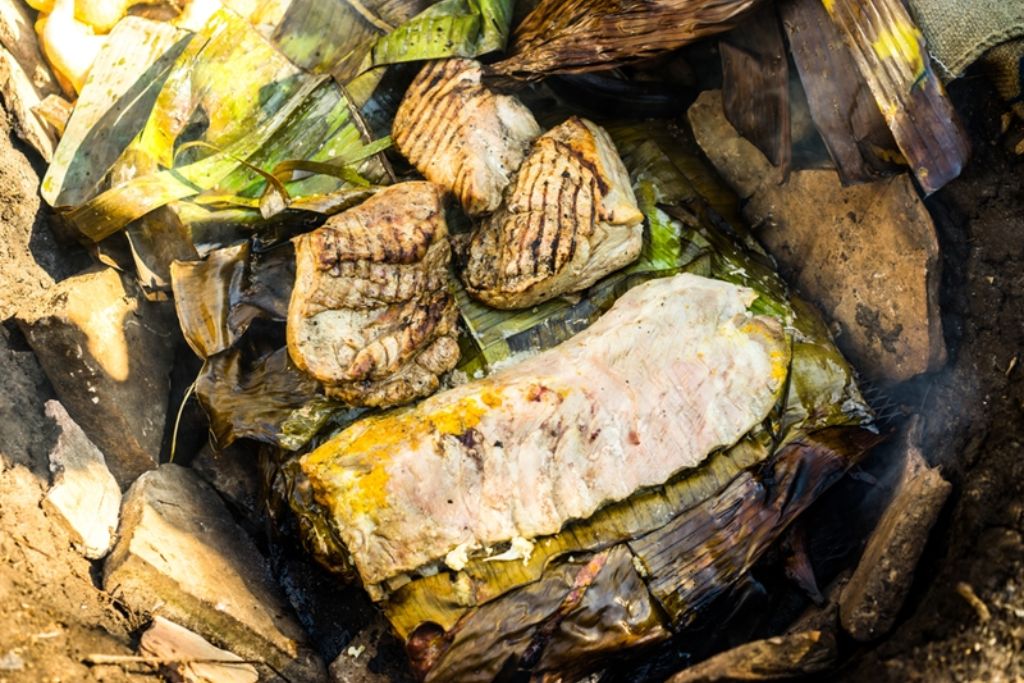
Lovo is a Fijian delicacy that is used to produce traditional Fijian food for major social occasions such as weddings or festivals. Lovo means “meat cooked in the earth” and is prepared in an over made by a hole in the ground and lined with coconut husks. Stones are used as a cover once the husks are set on fire. Lovo, like a barbecue, is used to cook meat, fish, and vegetables wrapped in banana or taro leaves and hot rocks, only to be uncovered a few hours later when everything is perfectly cooked, soft, and full of flavor.



